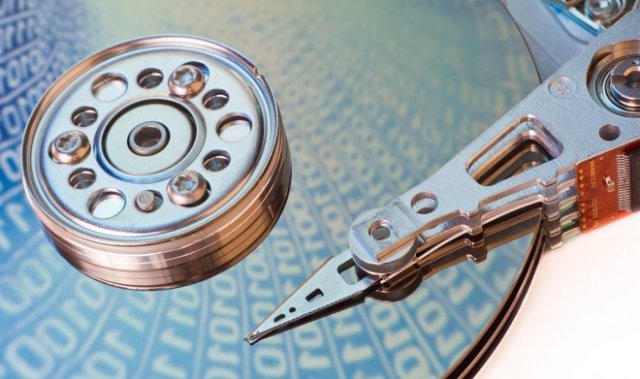
Hard drive
The wonderful material graphene has received a new very useful application — a group of engineers from the University of Cambridge upgraded with its help a classic computer hard drive. They used graphene as a replacement for the old carbon-based coating that protects the plates inside the disk. Only two layers of graphene were enough to reproduce the same performance characteristics, and increasing the coating thickness to four layers increased them many times.
The plates inside the hard drive need mechanical protection because they rotate at high speed. They are also prone to overheating, plus there is a risk of corrosion — the previous carbon coating coped with all these tasks, but its thickness was too large. Graphene is only one atom thick, but it remains stable over a wider temperature range. The use of graphene allowed scientists to successfully implement the "Heat-Assisted Magnetic Recording" technology. It involves warming up the rewritable layer, which makes it possible to "compress" the bits, write each of them on a smaller physical space and place them closer to each other. This increases the density of data recording, and graphene protection keeps the plates stable, preventing them from collapsing. British scientists reported that they managed to achieve a data recording density of 10 terabytes per square inch. This is about a tenfold increase in comparison with modern disk samples. Although the technology is not yet ready for commercial use, the very fact that graphene is used in this way opens up opportunities for creating completely new data storage devices.
